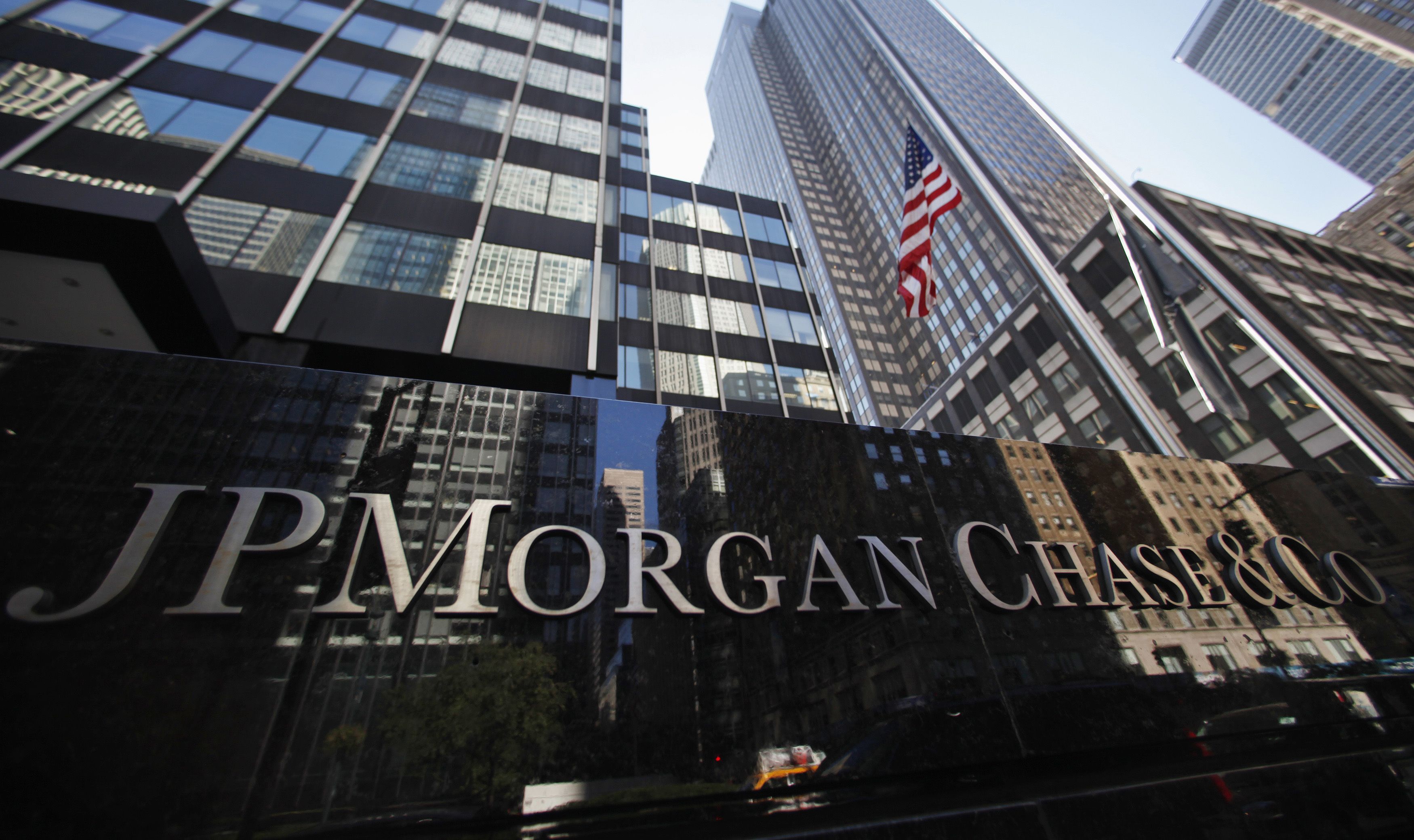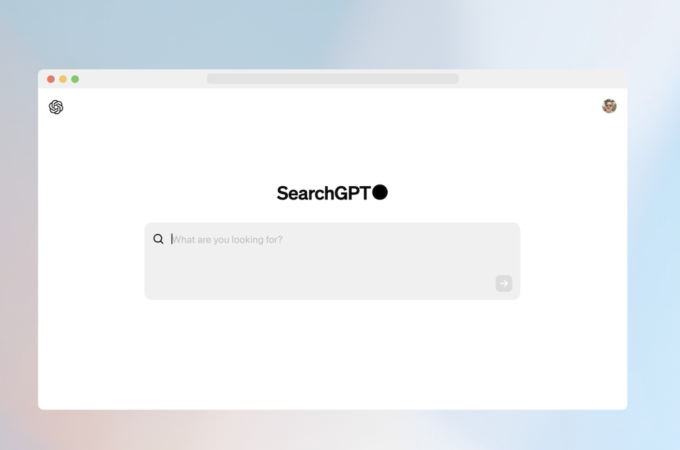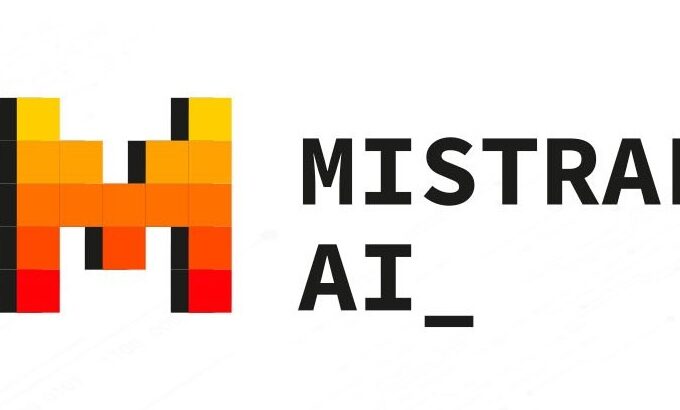
OpenAI Unveils Robust AI Safety Framework
OpenAI, the influential AI development company behind ChatGPT, has revealed its ambitious “Preparedness Framework” aimed at fortifying internal safety measures and navigating the challenges posed by powerful AI models. The framework, outlined in a recent document and blog post, signifies OpenAI’s commitment to responsible and ethical AI development amid recent leadership changes and evolving discussions on AI risks.
At the heart of the Preparedness Framework is a meticulous evaluation process, with a focus on catastrophic risks inherent in the models under development. OpenAI categorizes risks into specific domains, including cybersecurity, persuasion (e.g., disinformation), model autonomy, and CBRN threats (chemical, biological, radiological, and nuclear). Models are scored based on risk levels, with ‘medium’ and ‘high’ risks subjected to rigorous scrutiny and potential restrictions.
The framework introduces a three-tiered approach to address safety concerns. The “safety systems” team oversees models in production, addressing issues like systematic abuses that can be mitigated through API restrictions. The “preparedness” team focuses on frontier models in development, identifying and quantifying risks before deployment. Additionally, the “superalignment” team explores theoretical guide rails for future “superintelligent” models.
Crucially, OpenAI is introducing a “cross-functional Safety Advisory Group” to sit atop the technical teams. This group will review recommendations from the technical side, providing a higher vantage point and potentially uncovering “unknown unknowns.” While this structure aims to enhance safety, questions linger about whether the board, armed with veto power, will actively exercise it.
The move comes amid a broader shift in AI development companies’ approach to safety and accountability. OpenAI acknowledges the need for a more scientific approach to assessing catastrophic risks. The Preparedness Framework utilizes a matrix approach, incorporating risk scorecards and data-driven evaluations. This marks a departure from hypothetical scenarios, emphasizing a proactive stance in addressing AI risks.
Comparisons with rival AI lab Anthropic’s Responsible Scaling Policy highlight different methodologies. Anthropic adopts a more formal and prescriptive approach, tying safety measures directly to model capabilities. In contrast, OpenAI’s framework is adaptable, relying on general risk thresholds to trigger reviews, potentially allowing more flexibility in decision-making.
OpenAI’s Preparedness Framework is positioned as a dynamic, evolving document that reflects the company’s ongoing commitment to safety. The focus on continuous refinement, collaboration, and sharing best practices with the wider AI community reinforces OpenAI’s dedication to navigating the ethical challenges posed by advanced AI models.
As AI models advance in power and influence, OpenAI’s strategic move with the Preparedness Framework aims to set new standards for safety and responsible AI development, encouraging other industry players to adopt similar approaches.





